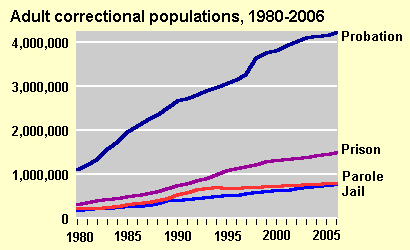I was recently asked what I would advise the next President to make his number one public health priority. I said exercise, and here’s why:
…
Increasing the physical activity of Americans will have tremendous public health benefits, since it will fundamentally help address many conditions that significantly reduce overall public health, including obesity, diabetes, cardiovascular disease, cancer, arthritis, and mental illnesses. In addition, exercise initiatives can be constructed as public-private partnerships, built collaboratively with a number of advocacy groups, and would require minimal Federal spending.
